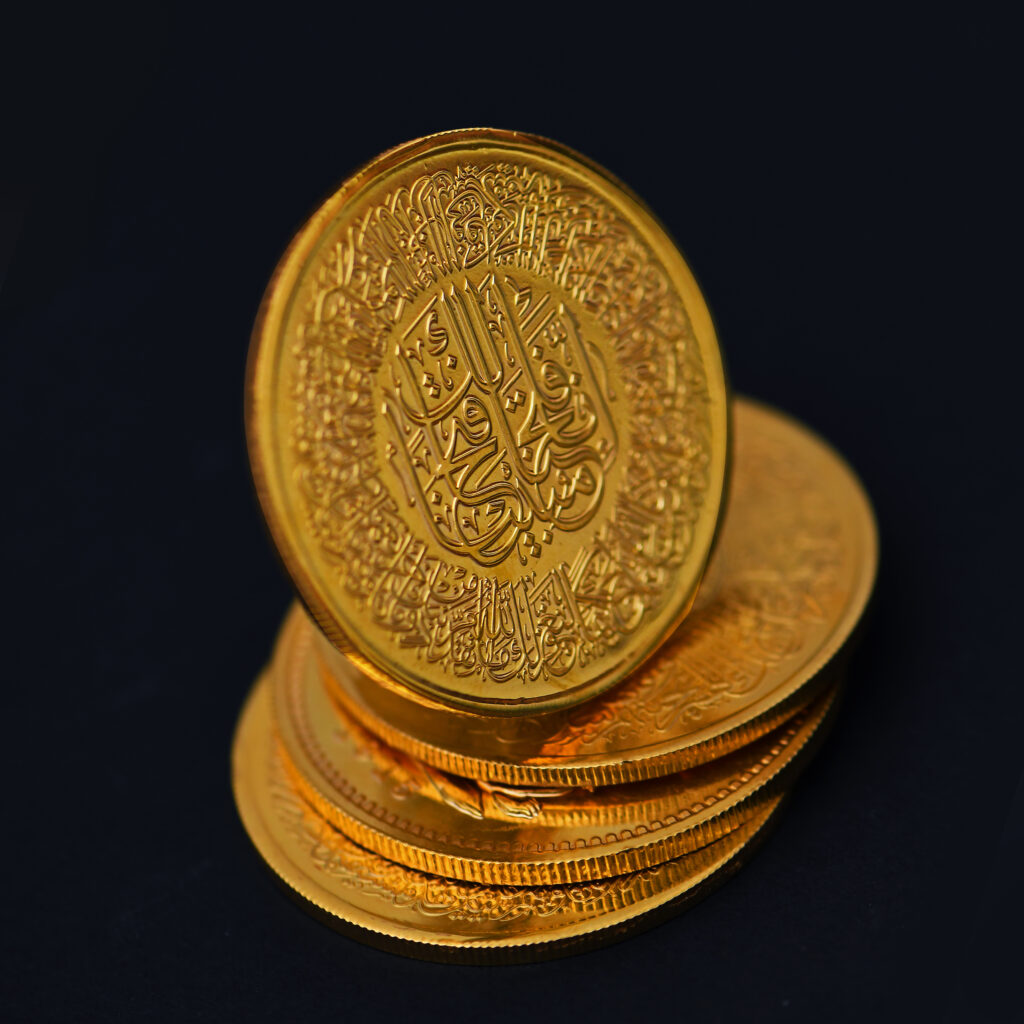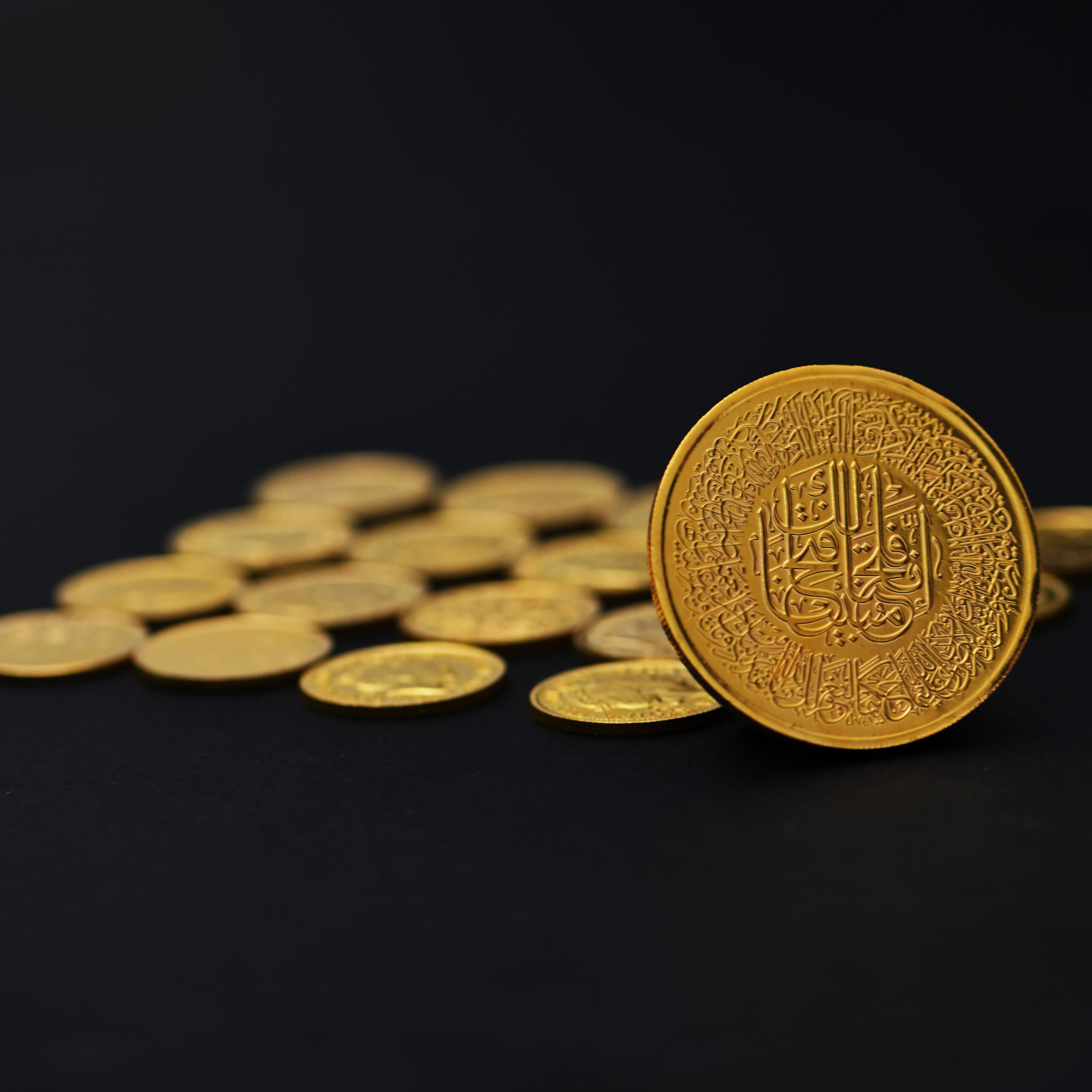Ever wondered why we always feel festive, accomplished, or contained when we see the color Gold? Of course, the color hue and saturation play a huge role, and according to psychology studies, Gold is the first color to express approval, spirituality, or something optimistic on unique occasions. More to that, in history Gold built up a powerful establishment in value and presence, especially in feasts.
In this article, we’ll illustrate the connection between gold and feasts in different religions:
1- Connection between gold and feasts in Christianity
In Christianity, Gold often embodies divine wisdom and the glory of heaven and is mentioned 417 times in the bible. Below, we’ll explore the connection between gold and its connection and roots of impact as a color and a tangible asset in Christianity…
The Real Reason Santa Claus Shines with Gold
There’s a famous legend in Christianity about St. Nicholas. Saint Nicholas is one of the most popular saints of the 4th century memorialized in the Eastern and Western churches, and he is now traditionally associated with the festival of Christmas. St. Nicholas was born in southern Turkey, he was a bishop in the early Christian church. At his time, he suffered persecution and unfair imprisonment for his strong faith.
St. Nicholas was known for his generosity and kindness, which gave a boost to legends of miracles he performed for the poor and unhappy.
St. Nicholas has a famous legend telling a lot about his generosity towards the poor and underprivileged. The legend starts with how he knew about three daughters and their father selling them into slavery because it was their father’s last resort as there was no dowry to entice a man to marry them, at the time the family of the bride was the ones giving dowry as a gift for the groom.
As soon as the news reached St.Nicholas, he went to their father and tossed gold through an open window of their home, it landed in a sock drying by the fire. Which set the three girls free from their father’s decision. St. Nicholas’s merciful legend evolved as time went by to be known as “Santa Claus”.
After St. Nicholas passed away it became a festive tradition for kids to hang stockings by their fires in hopes for “Santa Claus” to pass by and toss gifts and gold into them.
Thanks to St. Nicholas, this tradition is full of warmth, mercy, and optimistic vibes.
Gold is an official Christmas color
Among many colors that have a deep connection with Christmas, Gold, and Silver are frequently used after red and green. Gold has depth related to a biblical story about the baby Jesus as Gold was one of the valuable gifts the Magi or the three wise men, presented to baby Jesus.

At the time, gold was one of the most precious metals that were presented to honor the king. Gold was also associated with the biblical prophecies of Jesus’s kingship.
Later on, celebrating Christmas included the color gold to add a spiritual and happy feeling during the cold winter months.
Discover BTC’s exclusive Coptic collection
2- Connection between gold and feasts in Islam
As mentioned 10 times in the Quran, Gold is appreciated in Islam as it is used in ornaments, designs, and geometric patterns, and now it is used on the Holy Kaaba’s cover.
On a history note, let’s explore Gold’s contribution to Islamic history…
The beginning of Golden Eidya
Being the most awaited part of Eid Al-Fitr, the tradition of Eidya started in the 4th century of Hijra, during the Fatimid era. Back then, the rulers used to grant Eidya in the form of gold or silver coins (dinars) or clothes for people whilst princes used to give golden dinars to children. However, at the time, Gold was given to specific segments at social levels.
Developing with time in the Ottoman era, the idea of Eidya changed and golden dinars were given, to children and people from all social levels. In the Mamluk era, Eidya was known as “ Al-Jamkiyya” meaning money allocated for clothes, food, and candy according to the adjustment of the Eidya concept to be cash and small gifts for children.
Sooner or later, gold became part of being festive during Eid Al-Fitr.
Despite the Islamic history with Gold, connecting with gold goes beyond that time as Ancient Egyptians valued gold and it was part of their belief system. They took their strength from the color and it was primary in their civilization. The precious metal intertwined with deeply rooted symbolism and blended with the Ancient Egyptians’ rituals, offerings, gifts, and more.
Explore the magic behind the golden kings & queens
Gifting Gold has been transmitted for centuries

Gold has long held a special place in Middle Eastern cultures, it has been a beloved habit over centuries, that soon became a common societal habit, to gift gold on different occasions. One of the most heartwarming gestures is the gifting of gold jewelry to mark significant occasions. During festivals like Eid al-Fitr and Eid al-Adha, husbands often express their gratitude and love by presenting their wives with exquisite gold ornaments (necklaces, bracelets, earrings, and more).
Besides Eid, it is common in Middle Eastern society to gift newborns and newlyweds gold coins or bullion because it means new beginnings.
Explore our BTC’s baby line in different weights and unique designs
Of course, the connection between gold and feasts in all religions is deep and goes beyond the nice gesture. The value of gold has roots associated with being used in commerce as a currency and as a very important asset that defines social status.
To coincide with the upcoming events, explore our collections suitable for any occasion and celebration presented in a brilliant blue tamper-evident pack, it will make a precious gift that your loved ones will always treasure and bring joy to the hearts of many.





